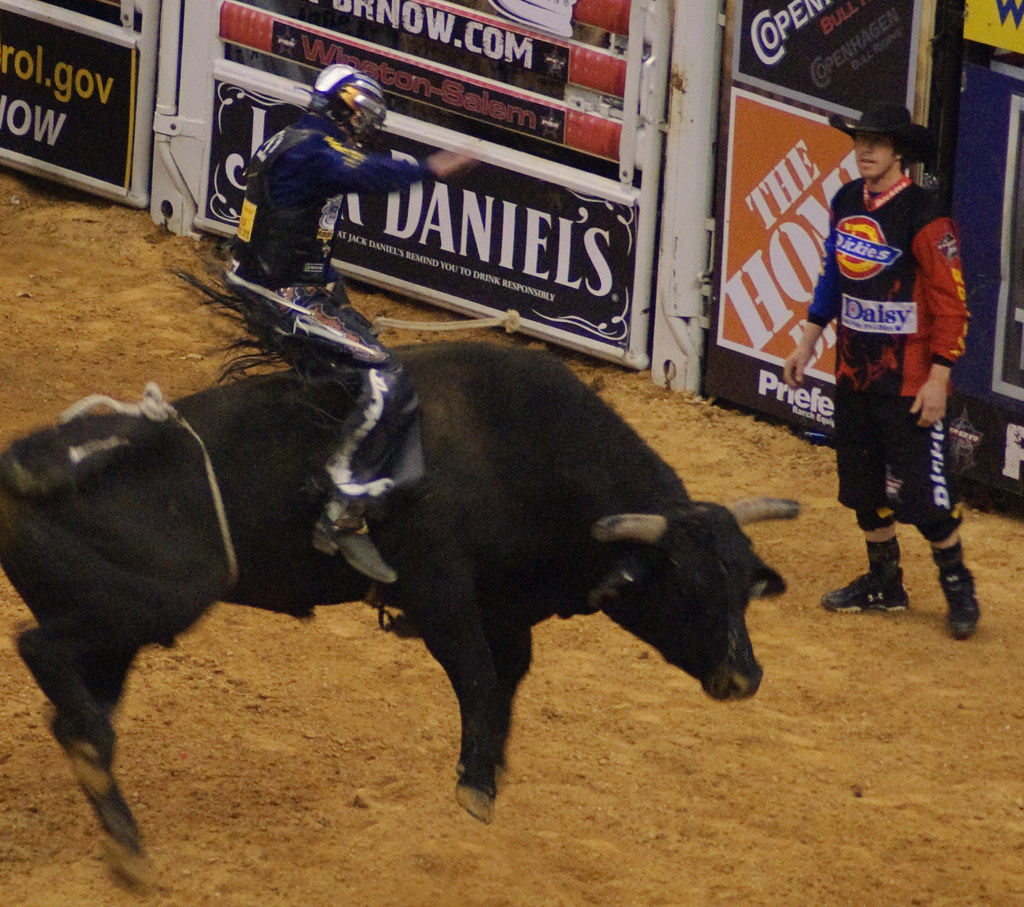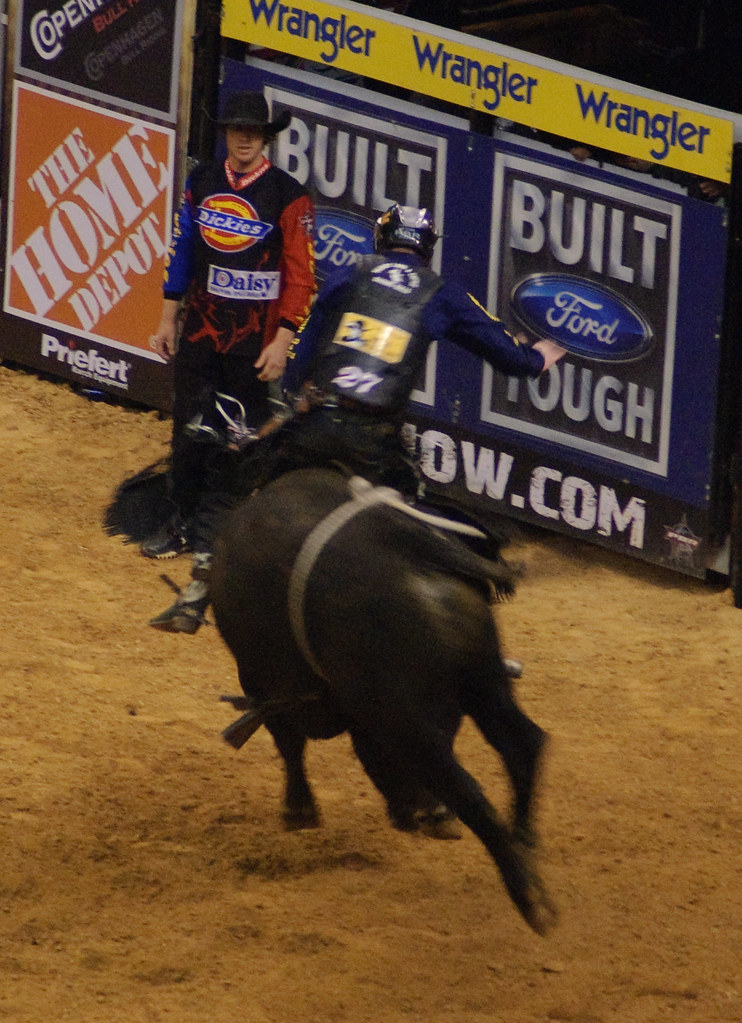Bull riding in North Carolina is more than just a sport; it's a rich tradition that resonates with the state’s culture and history. Known for its thrilling action and raw power, bull riding attracts both participants and fans alike. This article delves deep into the world of bull riding in North Carolina, exploring its origins, key events, and the impact it has on the local community.
As a state renowned for its rodeos and agricultural heritage, North Carolina provides a vibrant backdrop for bull riding enthusiasts. From local competitions to state championships, the excitement of bull riding can be felt across various venues. This article will guide you through the foundational aspects of bull riding, showcasing what makes it a beloved pastime in the Tar Heel State.
In this comprehensive guide, you'll learn about the history of bull riding in North Carolina, notable events, training practices, and the dedication of the riders involved. Whether you’re a seasoned fan or a newcomer to this exhilarating sport, this article is designed to provide valuable insights and information.
Table of Contents
- History of Bull Riding in North Carolina
- Notable Bull Riding Events in North Carolina
- Training for Bull Riding
- Essential Gear for Bull Riding
- Safety Measures in Bull Riding
- The Community Impact of Bull Riding
- Statistics and Facts about Bull Riding
- The Future of Bull Riding in North Carolina
History of Bull Riding in North Carolina
Bull riding has its roots deeply embedded in the agricultural traditions of North Carolina. Initially, it began as a way for cowboys to showcase their skills in managing livestock and has evolved into a competitive sport.
In the early 20th century, as rodeos started gaining popularity across the United States, North Carolina was no exception. The first rodeos were informal gatherings, but as interest grew, formal events began to take shape. By the mid-1900s, bull riding became a staple in local rodeos, attracting participants from all over the state.
Today, bull riding is not just a sport; it's a celebration of culture, community, and competition. The National Western Stock Show and various local rodeos highlight this evolution, showcasing the best riders in the region.
Notable Bull Riding Events in North Carolina
North Carolina hosts several notable bull riding events throughout the year, drawing crowds and participants from across the country. Here are some of the most significant events:
- The North Carolina Rodeo Association Championship: An annual event that gathers top riders to compete for the championship title.
- Carolina Classic Bull Riding: Known for its exciting atmosphere and competitive spirit, this event features both amateur and professional riders.
- Local County Rodeos: Many counties host their own rodeos, providing a platform for local talent and fostering community engagement.
The North Carolina Rodeo Association Championship
This championship is one of the most anticipated events in the bull riding calendar. It showcases the best of the best and provides an opportunity for riders to earn recognition and prizes.
Carolina Classic Bull Riding
Held annually, the Carolina Classic Bull Riding event features a mix of seasoned professionals and up-and-coming riders, creating a competitive yet friendly environment.
Training for Bull Riding
Becoming a successful bull rider requires rigorous training and dedication. Riders often start training at a young age, learning the fundamentals of riding and safety measures.
- Physical Conditioning: Riders must maintain peak physical fitness to handle the demands of bull riding.
- Practice Rides: Many riders practice on mechanical bulls or in controlled environments to build their skills.
- Mental Preparation: Mental toughness is crucial in bull riding, as riders must remain focused and calm under pressure.
Essential Gear for Bull Riding
The right gear is essential for safety and performance in bull riding. Here’s a list of the necessary equipment:
- Helmet: A crucial piece of safety gear that protects against head injuries.
- Vest: A protective vest helps shield the torso from impact.
- Spurs: Used to encourage the bull to buck, spurs must be used responsibly.
- Rope: A bull rope is used by the rider to hold onto the bull while riding.
Safety Measures in Bull Riding
Safety is paramount in bull riding, given the inherent risks involved. Here are some important safety measures that riders and organizers adhere to:
- Protective Gear: Always wearing proper gear can significantly reduce the risk of injury.
- Emergency Medical Services: Having medical personnel on-site during events is critical for immediate response.
- Training and Education: Riders are encouraged to undergo training on safety practices and emergency protocols.
The Community Impact of Bull Riding
Bull riding plays a significant role in many North Carolina communities. It fosters camaraderie among participants and brings families together for exciting events.
Moreover, local rodeos often support charitable causes, raising funds for various community initiatives. This connection strengthens the bond between riders and their communities, making bull riding a cherished tradition in North Carolina.
Statistics and Facts about Bull Riding
Here are some interesting statistics and facts that highlight the popularity and impact of bull riding in North Carolina:
- Participation Rates: Over 20,000 participants engage in rodeo events in North Carolina annually.
- Economic Impact: Rodeos contribute millions to the local economy through tourism and local business support.
- Demographic Insights: Bull riding attracts participants from various age groups, with many starting as young as 10 years old.
The Future of Bull Riding in North Carolina
The future of bull riding in North Carolina looks promising, with increasing interest from younger generations. As more youth engage in rodeo activities, the sport is likely to continue thriving.
Additionally, advancements in training techniques and safety measures will help elevate the sport’s reputation and ensure the safety of participants. With continued support from local communities and organizations, bull riding will remain an integral part of North Carolina’s cultural landscape.
Conclusion
In conclusion, bull riding in North Carolina is a thrilling sport deeply rooted in tradition and community spirit. From its rich history to its exciting events and the dedication of its riders, bull riding continues to captivate audiences and participants alike. We encourage you to explore local rodeos, support your favorite riders, and immerse yourself in this dynamic sport.
If you have experiences or thoughts about bull riding, feel free to leave a comment below or share this article with fellow enthusiasts!
Penutup
Thank you for taking the time to explore the fascinating world of bull riding in North Carolina. We hope you found this article informative and engaging. Don’t forget to visit our site for more articles and updates about this thrilling sport and other exciting topics. We look forward to seeing you again!




